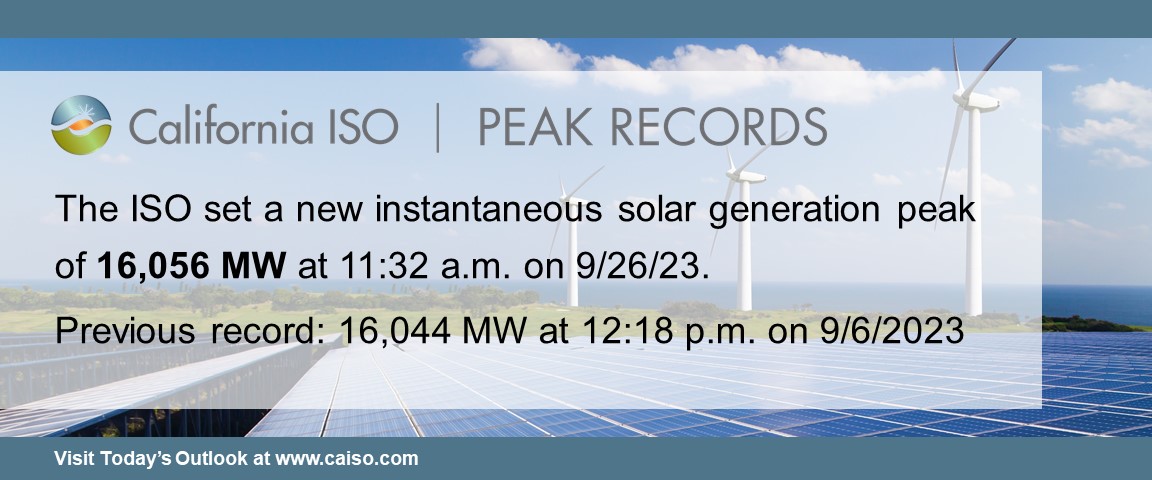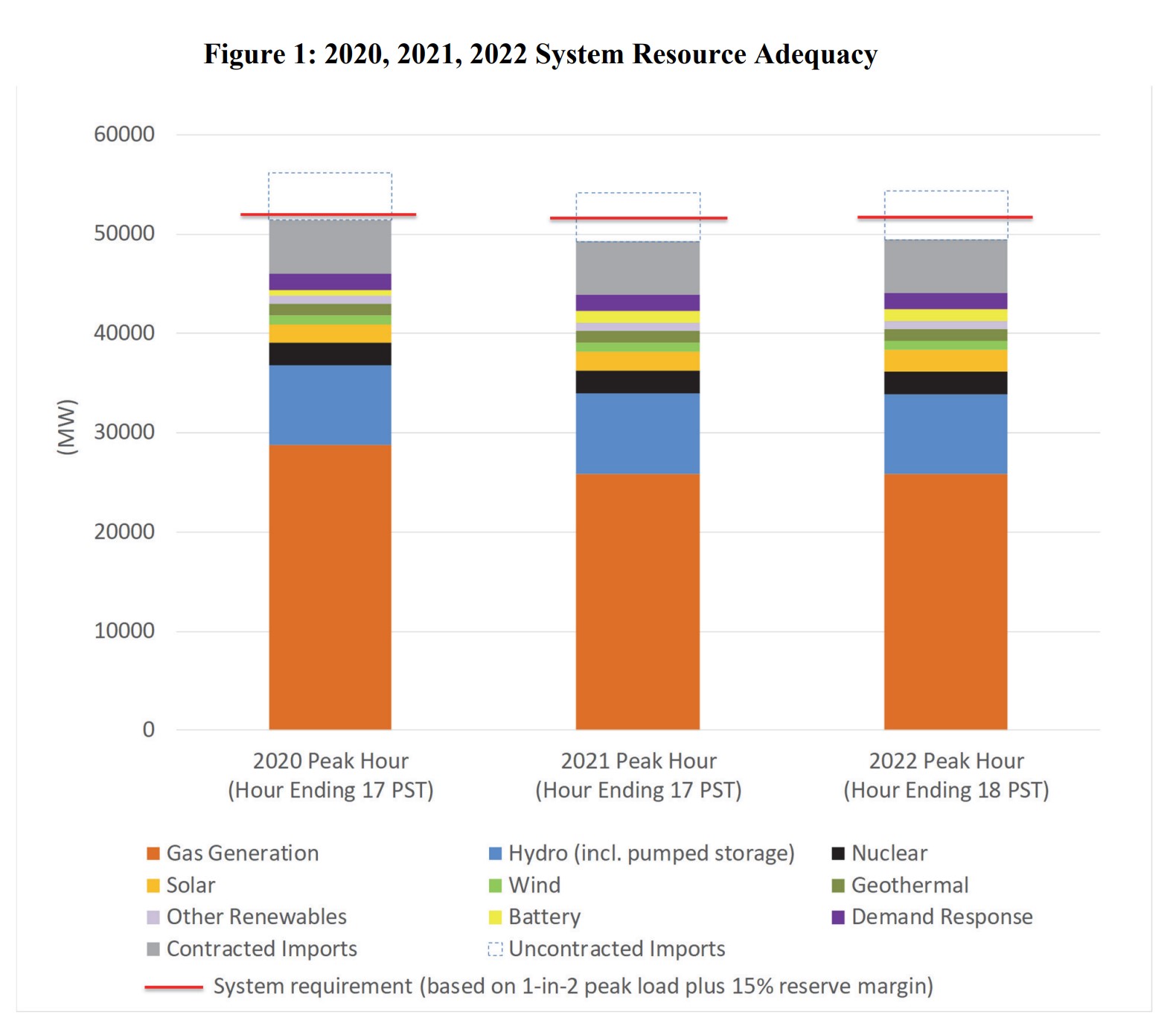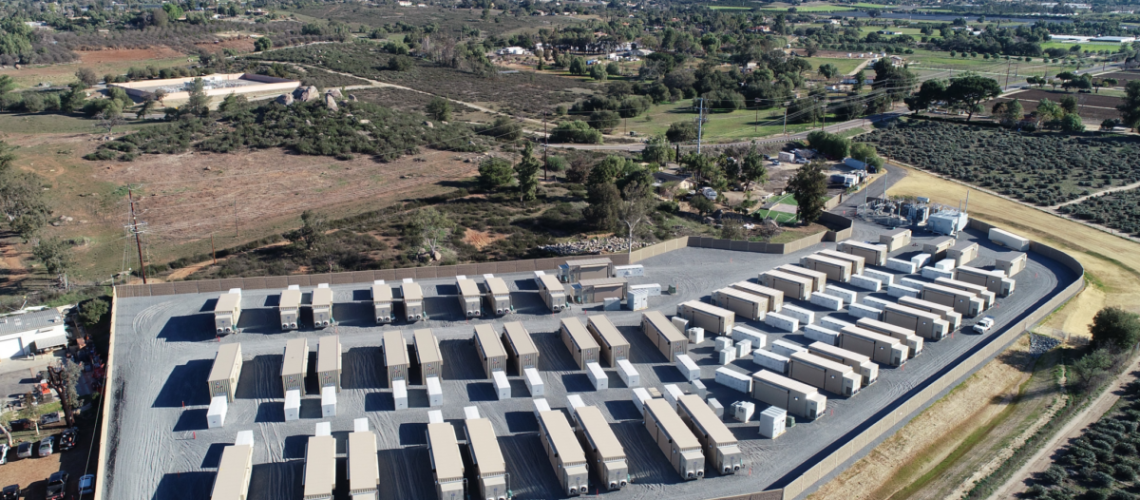As fall arrives in the northern hemisphere, California sets a record for most utility-scale battery capacity instantaneous usage, with a long stretch exceeding 2 GWh of output.
On Sept. 24, 2023, between 6:40 and 6:45 PM local time, the California Independent System Operator (CAISO) registered a power input of 5.223 GW into the grid from utility-scale, grid-connected batteries, as reported by the record tracking tools at Gridstatus.io.
Additionally, beginning at 5:40 PM on that Sunday, CAISO recorded that the battery output exceeded 2 GW, maintaining that value until 8:40 PM, a solid three-hour window.
This output represents approximately 83% of the 6.278 GW of battery-based energy storage connected to the CAISO grid as reported in the Department of Energy’s September EIA 860-M report. The report highlighted that over July and August, ten projects totalling 854 MW of capacity were activated. According to CASIO records, at least two additional facilities have since come online – one at 137 MW and another at 12.5 MW – bringing the summer’s total to just over 1 GW of added energy storage.
The battery record on Sunday evening was paired with a near-record solar power output of more than 15.5 GW of utility-scale capacity. This achievement was followed by a true solar output record on Monday, with 16.05 GW of instantaneous output at 11:32 AM on Sept. 26th. This utility-scale solar output is augmented by approximately 10 GW of behind-the-meter solar generation not included in CAISO’s primary charts.

What makes these records notable is their timing. Generally, solar records are set in late spring, while energy storage records, still a new and developing metric, have typically been established during record heat waves. These records, however, followed significant growth in capacity outside the usual summer months.
California’s energy storage record showcases the state’s success in meeting ambitious deployment goals. Initial forecasts in summer 2019 had anticipated potential shortfalls of up to 4.7 GW in capacity during the summer of 2022.

The analysis indicated a potential capacity shortfall of 4.7 GW during the peak demand hour in the summer months, historically in September, projected for 2022. However, as we step into the summer of 2023, California has defied these expectations. The state has now deployed ample energy storage capacity, mostly backed by four hours of storage, completely covering the anticipated shortfall.






